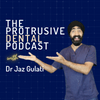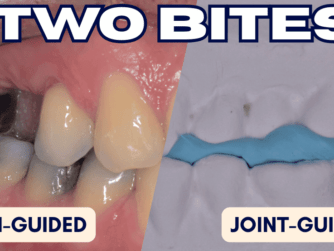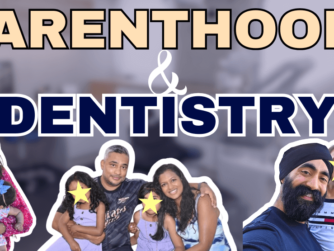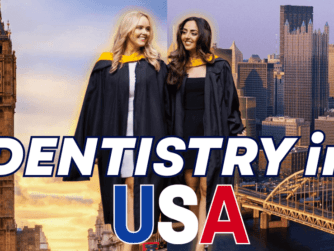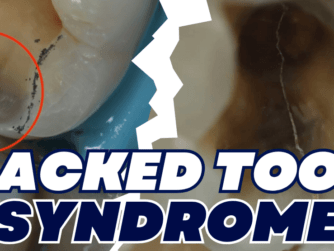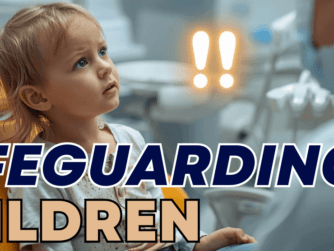Podcast: Play in new window | Download ()
Subscribe: RSS
Occlusal appliances are commonly prescribed for the management of Bruxism – but they might be doing more harm than good if you have not screened for an airway issue.
Dr. Aditi Desai discussed the link between airway and bruxism- could an airway problem cause bruxism? Why is it advised NOT to have a standard occlusal appliance if there is an airway issue?
Did you know there are three levels of diagnosis for Sleep Bruxism?
The ‘Possible’ Bruxist, the ‘Probable’ Bruxist and the ‘Definite’ Bruxist – in this episode Dr. Aditi Desai who also featured in PDP 139 on sleep disordered breathing and sleep apnea, will explain this and when it may be relevant to sleep apnoea.
The Protrusive Dental Pearl: Parafunctional Screening Sheet – A simple PDF that you can look for in terms of your extra-oral examination, intra-oral examination and the history – to give a clue that a patient might be a bruxist in just 2 minutes – download below:
Download and Sign in to the Protrusive App on iOS and Android and head over to the freemium version of this episode and on The Protrusive Vault for those Protrusive Premium members (where you can get full CE or CPD Certificate by answering a few questions)
Highlights of this episode
- 5:21 The Protrusive Dental Pearl
- 6:28 Dr. Aditi Desai’s Introduction
- 9:17 Airway in Dentistry
- 12:49 Lack of studies with regards to diagnosing sleep bruxism
- 16:32 Signs to look for to a possible bruxist and how to communicate with them
- 27:01 Nomenclature of sleep bruxism
- 30:51 Learning points to assess airway
- 35:43 Cases that caused the patient to become apnoeic
Get in touch for different Board of Sleep Medicine:
- UK: British Academy of Dental Sleep Medicine (BADSM)
- USA: American Academy of Dental Sleep Medicine (AADSM)
- Australia: Australian Academy of Dental Sleep Medicine
If you enjoyed this episode, you may also like Airway – Dentistry’s Elephant in the Room with Prof Ama Johal
